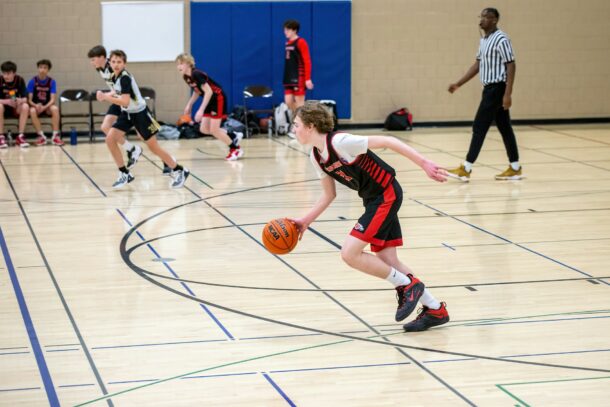As a veteran basketball coach, I’ve seen firsthand the transformative power of well-designed drills. In the competitive world of basketball, the ability to perform under pressure is a critical skill that often separates good players from great ones. One drill that stands out for its effectiveness in building both skill and mental toughness is the “pressure shooting drill.” This drill not only challenges players physically but also conditions their minds to handle the intense pressure of game situations.
Whether you’re coaching beginners or seasoned players, incorporating this drill into your training sessions can be a game-changer. Let’s dive into how you can implement the pressure shooting drill and why it’s so beneficial for your team’s development.
Understanding the Pressure Shooting Drill
What is the Pressure Shooting Drill?
The pressure shooting drill is designed to simulate game-like conditions by adding a time constraint and the need for consecutive successful shots. This drill not only hones shooting accuracy but also builds resilience under pressure—a crucial skill for any basketball player.
The concept is simple: players must make two consecutive shots from each of five designated spots on the court within a two-minute timeframe. The catch is that if they miss a shot, they must continue shooting from that spot until they make two in a row.
Step-by-Step Guide to the Pressure Shooting Drill
- Setup: Position players at five designated spots around the court. These spots typically include two corners, two wings, and the top of the key. Ensuring that players start from consistent locations helps them develop a sense of spatial awareness and improves their ability to shoot from different parts of the court.
- Making Shots: Players must make two consecutive shots from each spot. If they miss, they must continue shooting from that spot until they make two in a row. This requirement adds a layer of difficulty, as players must not only focus on their shooting form but also manage the mental pressure of making consecutive successful shots.
- Timing: The drill is timed for two minutes. The goal is to complete all ten successful shots within this timeframe. The time constraint adds an element of urgency, mimicking the pressure of game situations where players must perform under a ticking clock.
- Flexibility for Skill Levels: Adjust the distance based on the player’s age and skill level. Younger players can start closer to the basket, which helps them build confidence and ensures proper shooting form. More advanced players should challenge themselves with longer distances, such as three-point range for high school and college athletes.
- Competition and Improvement: Encourage players to track their progress and aim to beat their personal best each day. This not only fosters a competitive spirit but also drives continuous improvement. By setting daily goals, players are motivated to push themselves and develop a growth mindset.
Join the TeachHoops Community: Step into Enhanced Coaching
TeachHoops.com offers a unique platform for coaches to share experiences and gain new insights. Learn from others who have navigated similar challenges. It’s an invaluable resource for those looking to:
- Broaden perspectives
- Refine strategies
- Enhance their leadership and motivational skills
Win the Season: Basketball Masterclass!

Related: The Ray Allen Shooting Drill
Coach Unplugged Podcast:

Free Basketball Coaching Resources
If you found this useful, don’t forget to check out additional blog posts at TeachHoops.com. Also, check out TeachHoops on Facebook, Twitter, Instagram and YouTube.






